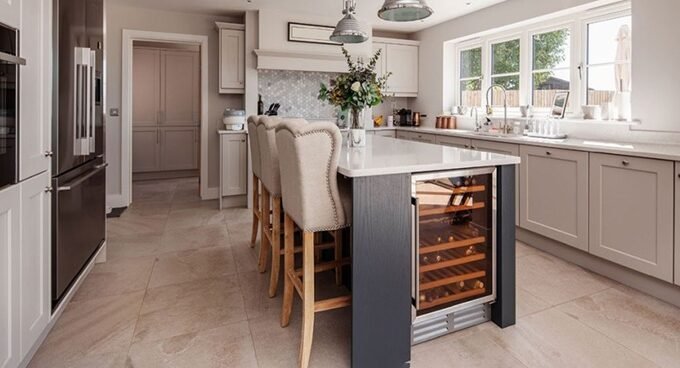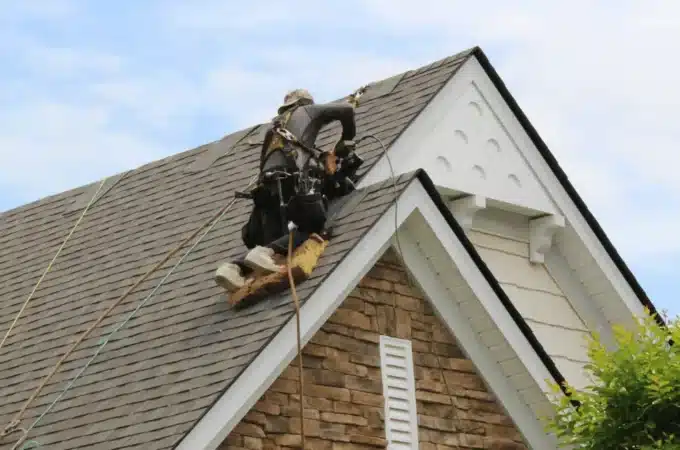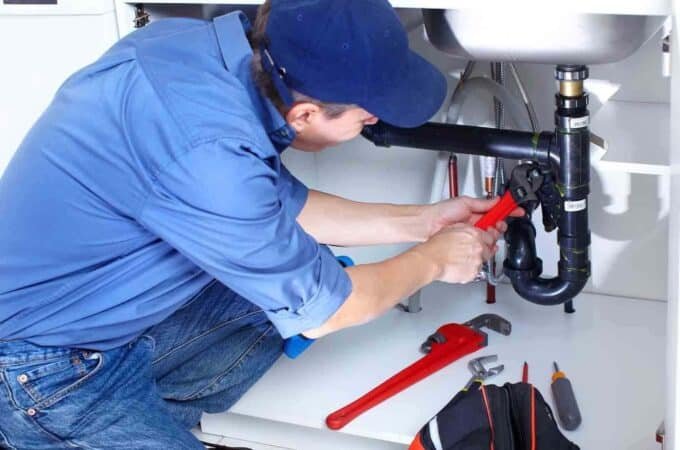
Boiler Installation Guide for 2023 [Step by Step]
Your boiler is one of the most important appliances in your home. It provides hot water for your taps and showers, and it heats your central heating system. If your boiler is old or inefficient, it’s time to consider getting a new one installed. This guide will walk you through the step-by-step process of installing a new boiler in your home. We’ll cover everything from choosing the right boiler to hiring a qualified installer.
Table of Contents
ToggleStep 1: Choose the Right Boiler
Choosing the right boiler from local boiler engineers is crucial for efficient heating and hot water supply in your home. There are a few different types of boilers available, so it’s important to choose the one that suits your needs. For smaller homes, a combi boiler may be the ideal choice. Combi boilers heat water on demand, eliminating the need for a hot water cylinder. If you have a larger home with higher hot water demands, a system boiler with a hot water cylinder might be more suitable.
Consider factors such as the size of your home, the efficiency rating, and the price when selecting a boiler.
Step 2: Hire a Qualified Installer
To ensure a safe and proper installation, it is essential to hire a qualified installer. Look for local boiler engineers who are Gas Safe registered. The Gas Safe registration ensures that the installer has the necessary skills and knowledge to install boilers safely and in compliance with regulations.
Step 3: Prepare for the Installation
Before the installation, make sure your home is ready. Clear the area where the boiler will be installed and ensure there is easy access to water and electricity. Prepare the necessary documents, such as the warranty for the new boiler.
Step 4: The Installation
The boiler installation process may vary depending on the type of boiler chosen, but it generally follows these steps to get your boiler installed:
- Removal of the old boiler: The installer will safely remove your old boiler and disconnect it from the water and gas supplies.
- Fitting the new boiler: The new boiler will be positioned and installed according to the manufacturer’s instructions. The installer will connect the necessary pipes and fittings.
- Connecting water and gas supplies: The installer will connect the boiler to the water supply and the gas pipework. This step requires precision to ensure proper functionality.
- Commissioning the boiler: After installation, the installer will test the boiler to ensure it is working correctly. They will also adjust the settings and controls as needed.
Step 5: After the Installation
Once the installation is complete, the installer will conduct a safety check to ensure everything is in order. They will also provide you with a demonstration on how to use the boiler effectively and safely. Take note of any specific instructions or maintenance requirements.
Additionally, the installer will provide you with a warranty for the boiler. Keep this document in a safe place for future reference.
Final Thoughts
Installing a new boiler is a significant project, but it can bring long-term benefits such as improved energy efficiency and cost savings. By following these steps and hiring a qualified installer, you can ensure that your new boiler is installed safely and correctly. Don’t hesitate to seek assistance from local electric boiler installation experts and benefit from their expertise in the field. Enjoy the comfort and convenience of a new boiler in your home.
Syed Azeem Haider is an enthusiastic writer, loves to write on social issues, current affairs, books and T.V reviews, currently working for homepick as a digital marketer.






